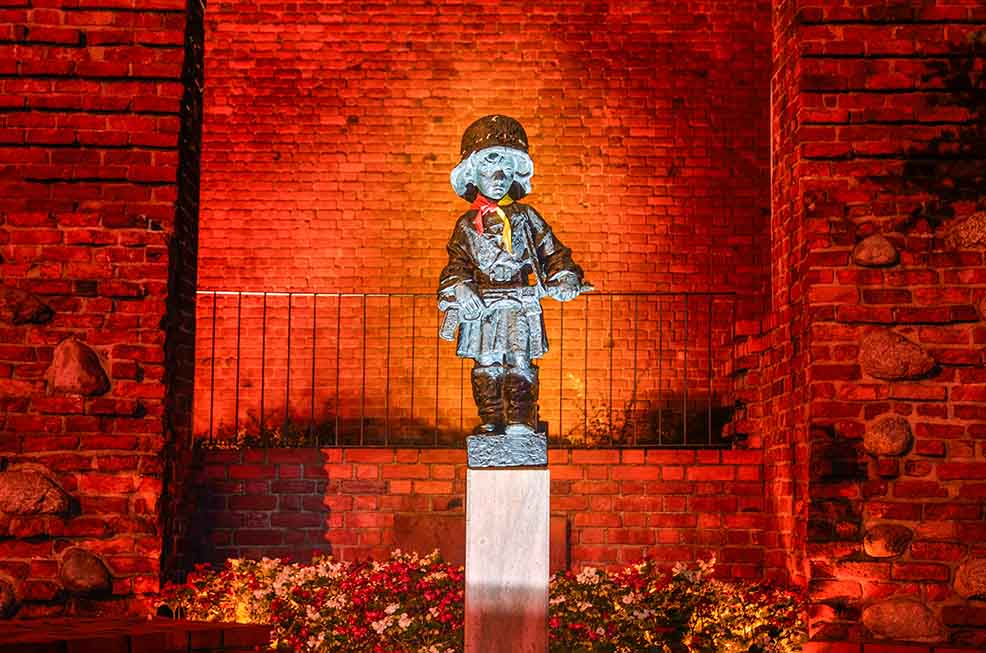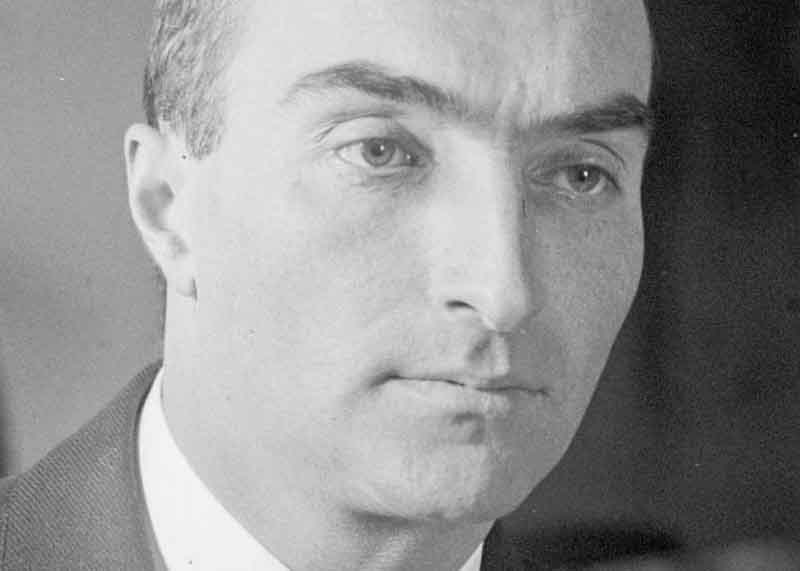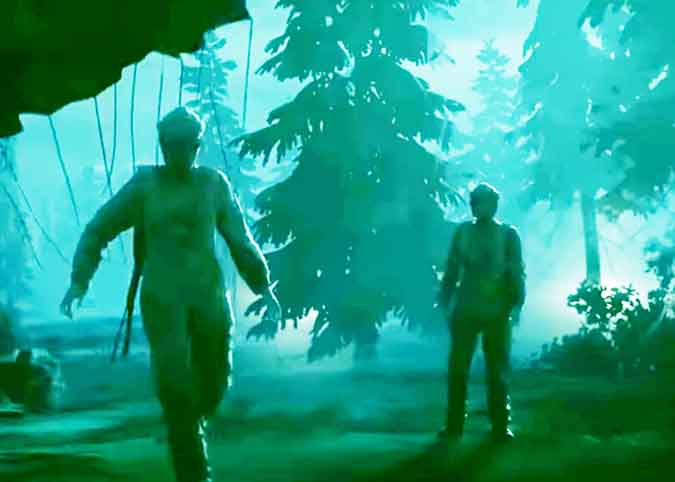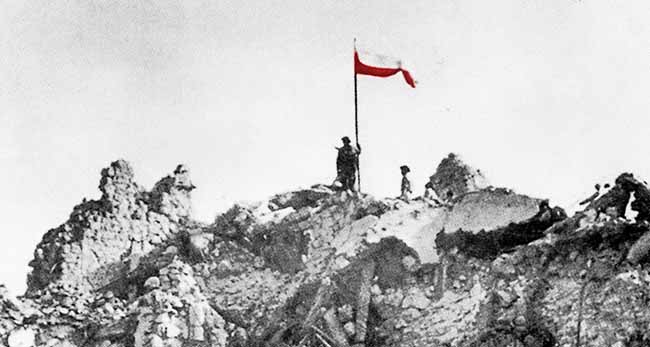The 1st Armored Division is one of the most distinguished and elite Polish military units fighting in World War II. Its commander, General Stanisław Maczek, ordered his soldiers to "fight hard and like knights." These words aptly capture the character of the division, which, during combat, sought not only victory but also avoidance of civilian casualties and the destruction of buildings in liberated cities.
The origins of the 1st Infantry Division date back to 1942, when it was established by Commander-in-Chief General Władysław Sikorski. The Division's composition was diverse. Some of the formations were Polish soldiers who had previously fought in the September Campaign of 1939 and the French Defensive War of 1940, and then escaped to Great Britain. The ranks of the 1st Infantry Division were also bolstered by Polish volunteers living in exile outside the British Isles. Recruits came from countries such as Argentina, Brazil, Canada, and the United States. The Division was commanded by Stanisław Maczek, then a Brigadier General of the Polish Army, a trained philosopher and philologist, and a veteran of World War I, the Polish-Ukrainian War (1918-1919), the Polish-Soviet War (1918-1921), and the fighting against the Germans in Poland and France in 1939-1940. As evidenced by his service as commander of the 1st Infantry Division, he was also one of the most capable generals in the ranks of all Allied forces.
During its initial period of existence, the Division's primary mission was to cover the eastern coast of Scotland. Later, when the Allies developed plans for an amphibious landing in Western Europe, hoping to turn the war in their favor, the 1st Division was incorporated into the 2nd Canadian Corps and deployed to Normandy. At that time, the Polish formation numbered over 16,000 soldiers.
The 1st Armored Division landed in Normandy on August 1, 1944, the day the Warsaw Uprising broke out. It was already the fifth year of the bloodiest war in history. Information about the fighting in the Polish capital reached General Stanisław Maczek's subordinates. Nevertheless, the soldiers of the 1st Armored Division obeyed their commander's orders: "When we go into the first battle, we will demand an account for the entire five years of war. (...) This does not mean, however, that you should employ barbaric methods of combat. Fight as Polish soldiers have always fought throughout our history. Fight hard like knights."
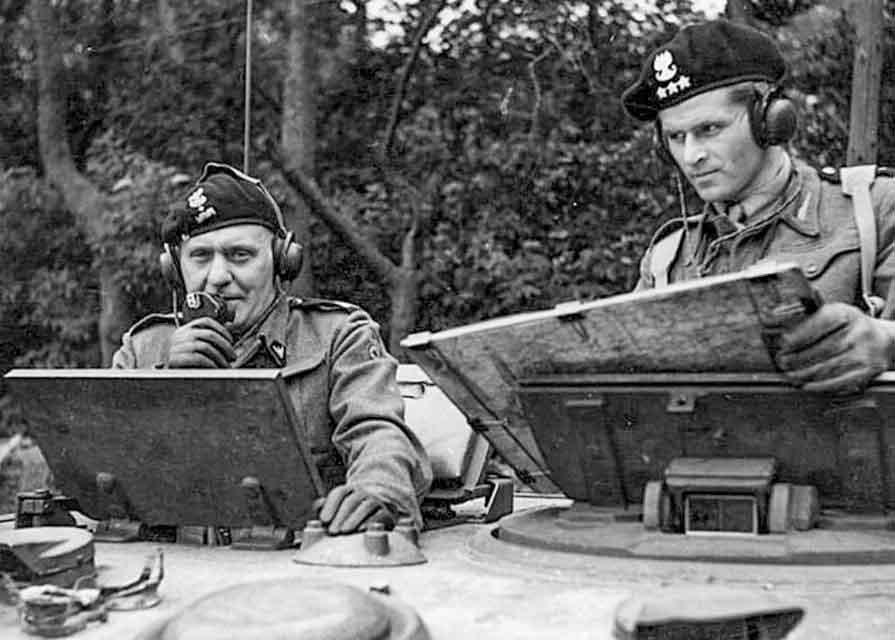
Gen. Stanisław Maczek giving orders. (Source: Wikipedia)
On August 8th, the 1st Armored Division entered the fray. It took part in the Battle of the Falaise Pocket, a decisive battle in the Normandy campaign. During the fighting, the Poles demonstrated exceptional tenacity and played a key role in completing the encirclement of the German army. "The Polish Armored Division, under the command of General Maczek, played a leading role in securing the Allied victory in Normandy (...). During six days of extremely heavy fighting, the Polish division withstood the full fury of attacks by two German SS corps. Among the battlefields of Normandy, no other presents such a picture of hell, destruction, and death as the one stretching northeast of Chambois," reported the British military magazine Tank.
Following the Allied victory at Falaise, the German army began its retreat. General Maczek's 1st Armored Division, among others, set off in pursuit. Its further combat route led through Belgium and the Netherlands, where the "Maczek" troops steadily advanced, liberating further territories from the Germans. Between September 6th and 9th, the Poles captured the cities of Ypres, Roulers, Thielt, and Ruysselede. They then participated in the battle for Ghent, from where they advanced towards the Netherlands. There, they liberated Terneuzen, Axel, and a number of smaller towns.
The 1st Infantry Division's battles for Breda, the capital of Brabant, at the end of October 1944 became a historical event. General Maczek's soldiers acted quickly and executed a maneuver that forced the Germans to abandon the city and surrender it without the need for bloody, destructive fighting. Moreover, to avoid civilian casualties, the Poles attacked without artillery preparation. The tactical acumen, daring, and chivalrous ethos of the "Maczkowcy" are remembered in Breda to this day.
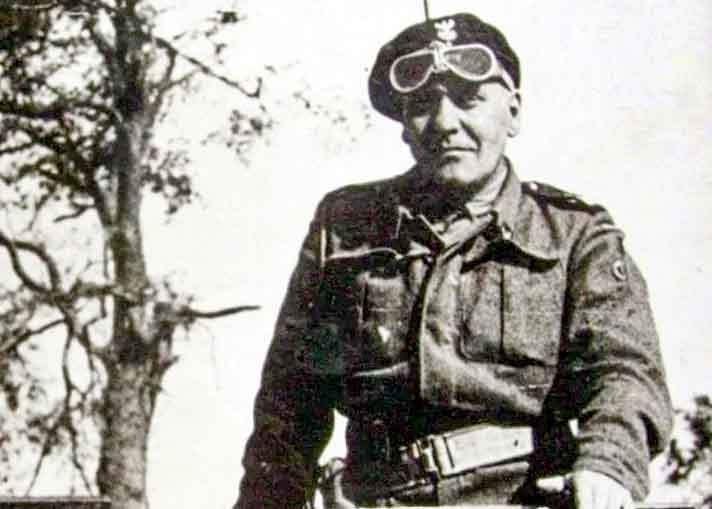
Gen. Stanisław Maczek (Source: Wikipedia)
The 1st Infantry Division remained in the Netherlands until the spring of 1945. When the Allied offensive on Germany began, the Division moved towards the borders of the Third Reich. In April, the Poles liberated the POW camps in Westerbork and Oberlangen. The latter, intended for women, turned out to be a prison for, among others, participants in the Warsaw Uprising.
In May, the 1st Infantry Division captured Wilhelmshaven – a key base and pride of the German Navy. The Polish flag was raised over the city. Subsequently, the "Maczków" (Polish prisoners of war) established temporary housing in the town of Haren for Poles, primarily prisoners of war from former German camps. Over time, a Polish enclave was established in the Emsland region of Lower Saxony. Haren changed its name to Maczków. There was a Polish administration, Polish kindergartens and schools, a Polish press, bookstores, publishing houses, a theater, and even a cinema called "Polonia." This status quo continued until 1947.
After World War II, the soldiers of the 1st Infantry Division faced emigration. Most feared for their future in a country occupied by communists. General Maczek was stripped of his citizenship by the Polish People's Republic authorities. Instead of honors, he found work as a salesman and then a bartender in Edinburgh – the British refused to grant him a soldier's pension as, technically, he had not been a member of the British armed forces.
One of the greatest military commanders of World War II died on December 11, 1994, in Scotland, at the age of 102. He was buried at the Polish Soldiers' Cemetery in Breda. However, the memory of General Maczek and the 1st Infantry Division lives on to this day – both in Poland and abroad, particularly in the regions liberated by Poles and inhabited by them after the war.
Translation from Polish by Andrew Wozniewicz.







